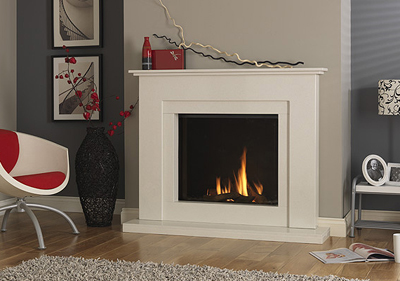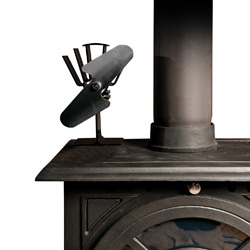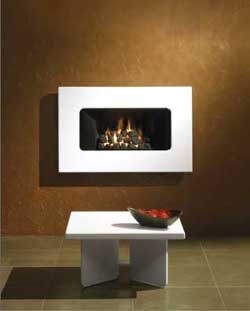
According to the energy regulator Ofgem, record numbers of home owners are having solar panels fitted to their properties.
Recently released figures for August 2010 indictate that panels have been fitted to 2256 homes, well up from 1700 in July and 1400 June. Installations since April last yeat have riseon to a record 6688 homes. The Feed In Tariggs (FITs) system became available on the 1st April last year enabling energy suppliers to make payments to householders and communities who generate their own electricity from renewable or low carbon sources such as Solar electricity or wind turbines.
The system quarantees a minimum payment for all the electricity generated by the system, as well as a separate payment for the electricity exported to the national grid. These payments are in additional to the bill savings made by using the electricity generated on site.
Once installed homeowners should experience a monthly reduction in their electricity bill and then recieve an income from the Feed-In-Tariff provider. However, if you have taken out a loan to pay for the installation you will obviously have to take the montly repayments into consideration.
Feed-In-Tariffs are designed sp that the average monthly income from you will be significantly greater than that of your monthly loan repayments (based on a 25 year loan)
Homeowners recieve 41.3pence per unit of electricity generated, regardless of whether this unit is used on site or sold back to the National Grid. After the panels are installed, the tariff is paid for 25 years and increased in line with the rate of inflation.

This replaces the previous system, under which people could obtain grants to help cover the cost of installing the green technology. According to the energy savin trust solar panels usually cost between £6,000 and £12,000 to buy and install, depending on size. The panels most commonly installed by homeowners consisting of eight panels able to generate up to 2.5kW, cost between £10,000 and £12,000.
The trust calculates such panels could generate up to £700 a year from the feed-in tariff, as well as saving homeowners about £100 a year on energy bills.
In addition an extra £25-£30 could be made by selling unused energy back to the National Grid.
As an alternative to direct purchase by the homeowner, a number of companies are now funding the total cost of the installation in return for a lease over the homeowner's roof. This lease typically lasts 25 years, during which time the homeowner uses any electricity generated for free but foregoes the income from the FIT which goes to the company who financed the installation.
For futher information visit http://www.energysavingtrust.org.uk
 Undertaking home improvements without the input of a professional can help save money, but it can also result in a poor quality finish and be more costly when involving complicated work.
Undertaking home improvements without the input of a professional can help save money, but it can also result in a poor quality finish and be more costly when involving complicated work.  According to the study by MyHammer, nearly half of the women questioned dread their partner doing any DIY, while 58 per cent said they could only rely on them for the very basic tasks.
According to the study by MyHammer, nearly half of the women questioned dread their partner doing any DIY, while 58 per cent said they could only rely on them for the very basic tasks.





















